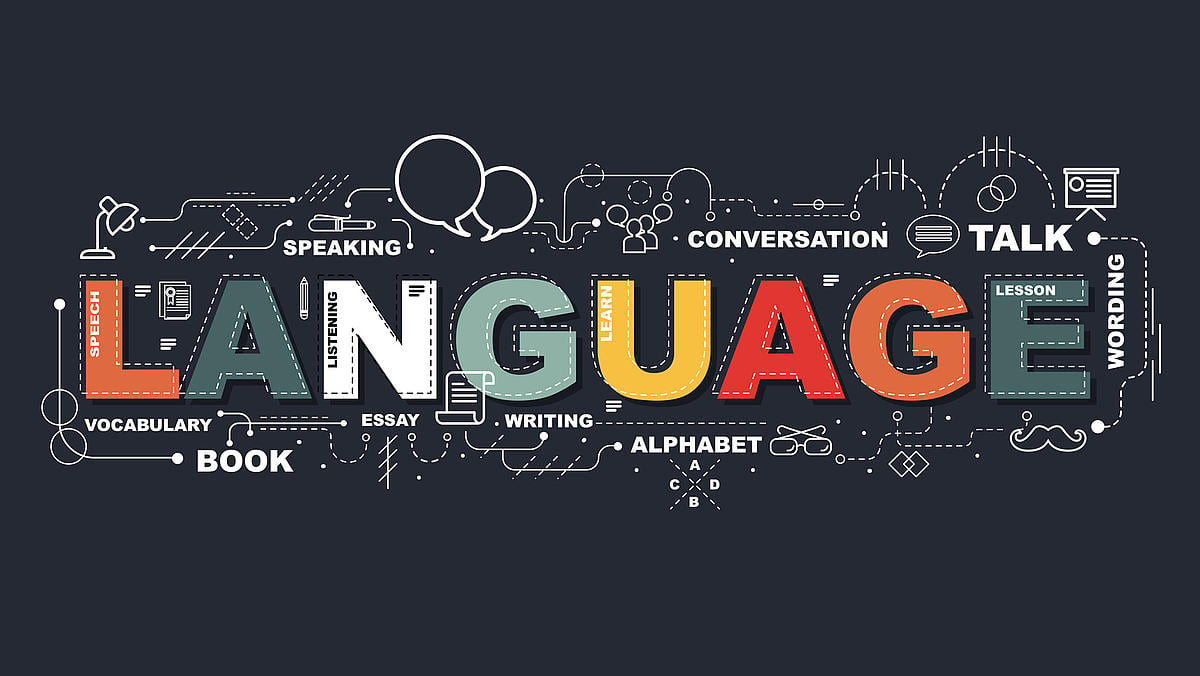TMS, CMS, Term Databases, QA Checks, Terminology Checks, and LQA are all examples of jargon from the world of translation for tools and processes that minimise costs and ensure the quality of a foreign language before, during, and after translation.
The continuous checking of translation quality is difficult to realise for many companies. Often this only succeeds through the collection of sporadic feedback from the market and/or the local subsidiaries. It would also be a small miracle if, as the person in charge of foreign language management within the company, you were able to master all of your communication languages.
During the day-to-day work of the kothes translation team, it happens that we are contacted because you, as a foreign language supervisor of your company, sit between these different roles. An Example:
Your local office indicates that a translation was bad, and at best gives you some solid examples. Your translation service provider tells you that the specific quality issues don’t really count (for various reasons). And this isn’t the first time for you in a specific language combination.
The big question is of course: What next? The relationship between your translation service provider and you as a customer is actually in order; it’s just this one language that always creates stress, occupies your time, and costs you money.
Of course, there is no straightforward remedy for a solution here. In addition, the reasons for dissatisfaction are often very different. But experience demonstrates that 3 main reasons lead to translations being criticised.
- Missing or not properly coordinated foreign language terminology
- Lack of agreement on style
- Real mistakes like meaning, spelling, and grammar mistakes
So what if one or maybe all three error categories apply? The problem may even have spread throughout the translation memory in all different types of publications.
The consideration here would be how to proceed in the future. Depending on the severity of the criticised translations, whose evaluation, as always, precedes the solution, we suggest 3 different solutions to sustainably improve the quality of a translation.
Option 1:
Consolidate the criticised language Over the course of the future translation projects, in cooperation with the respective contact persons (customer, local offices of the customer, etc.), continuously checking the translation and taking into account the change requests before the final delivery.
Advantage: no interruption of the continuous commissioning of translation projects
Disadvantage: a noticeable improvement in the translation only occurs after a longer period of time. Maybe even with longer project processing times by waiting for feedback (e.g. expected from local offices).
Option 2:
They take it to heart, "shape up", and focus on 3 things:
First, there would be the matching of terminologies to be used in both the source and target languages. It doesn’t have to be thousands of names; start with the most important one-to-two-hundred.
Once accomplished, you can then review and correct the translation memory based on these specified terms.
In the third step, you enter translation and special language requirements in a so-called foreign language style guide. Here you log the most important rules. This doesn’t have to be a book, but a manageable set of rules that the translators adhere to.
In addition, we recommend that you also give your validators in the local offices a short set of rules. This avoids the need for correction, which may not be necessary at all. As an example, stylistic corrections are mentioned, because although the information itself was properly transferred into the foreign language, it is often used to change formulations that mean the same thing in the end.
Advantage: noticeable improvement in translations with the beginning of follow-up projects
Disadvantage: Initial effort to create the framework conditions
Option 3 (or the advantage to secure and sustain all translations, together):
Together with your translation service provider, you will work out a kind of test matrix, which categorises errors on the one hand and assigns weight to errors, on the other hand. This allows you, as a customer, to regularly and continuously monitor the quality of the translations and to remain attuned to trends. Ideally, your service provider already has such a testing procedure that you can leverage.
For example, each of our Translation Managers performs a quality assessment based on the SAE J2450 (Translation Quality Matrix) in accordance with defined criteria. This Translation Quality Assessment Standard is sometimes requested by our customers or continuously audited. This makes it possible to evaluate our translations in a consistent manner, together with our customers, to detect trends and to derive appropriate measures in a timely, transparent and, above all, coordinated manner.
In practice, the validation of the translation service provider and the examination or correction (for example, your local offices will receive a rating, based on the same criteria, which will help all parties: the translation service provider and translators, to continue working appropriately; the validator on the part of the customer, as his expenses for auditing decline steadily; and you as a third-party supervisor of your company, to keep track of the many foreign languages you manage).
One tip remains close to my heartwhich, in my experience, can really lead to better results with little effort in the run-up to translation projects:
Simply organise small (online) product training sessions for the translators who work for you. Because the translator often sees only your document, her or his translation program, and the sometimes contradictory Internet as a reference.
The specialist knowledge about your products lies with you, the manufacturer – and a simple exchange with the translator in advance often works wonders.
My Conclusion and Outlook:
All of this will really help you prepare for the use of Artificial Intelligence and Machine Translation. Because these systems also learn faster if the information they receive is not contradictory, but both tidy and unambiguous. And that will save a lot of effort in the future!

